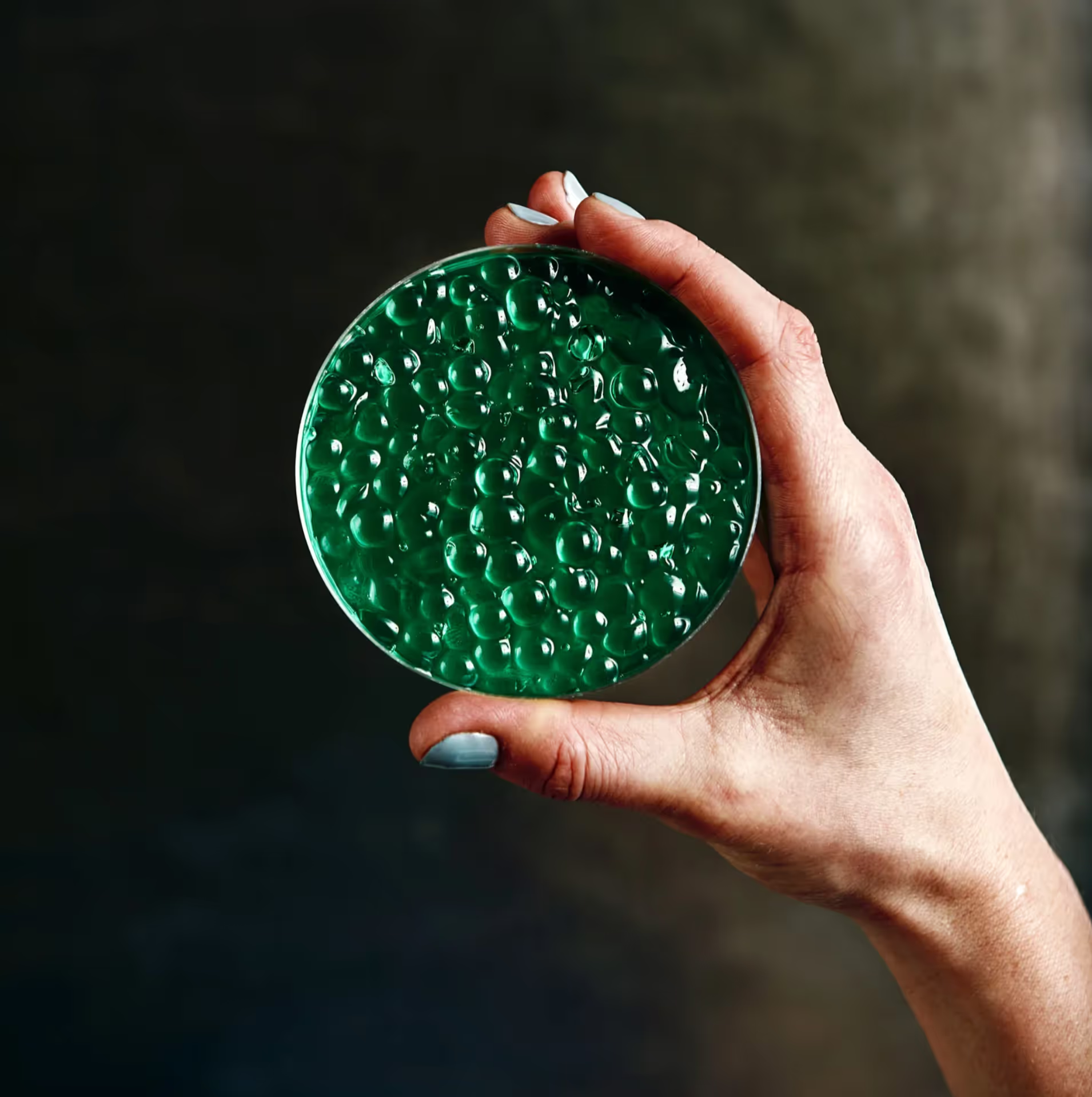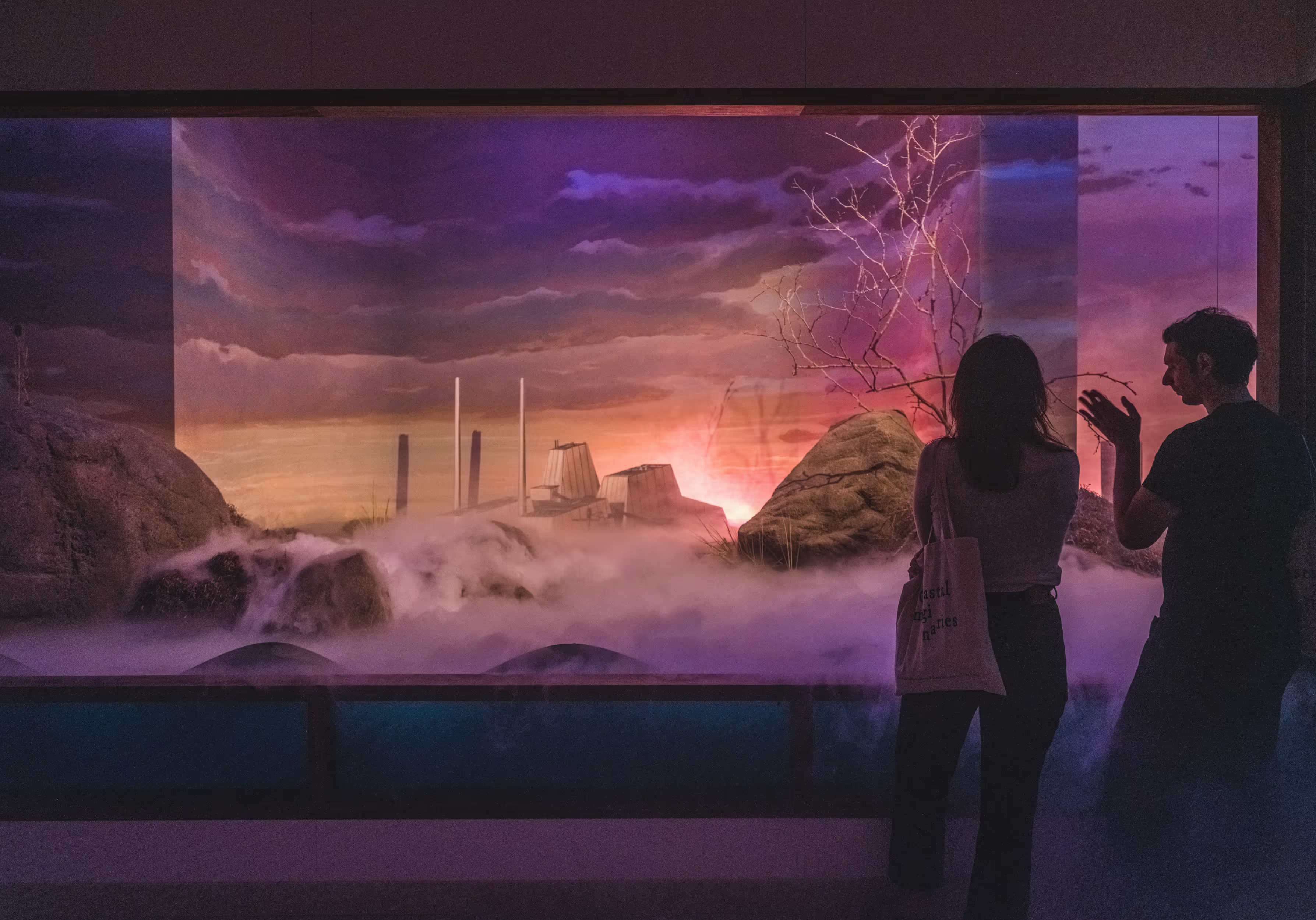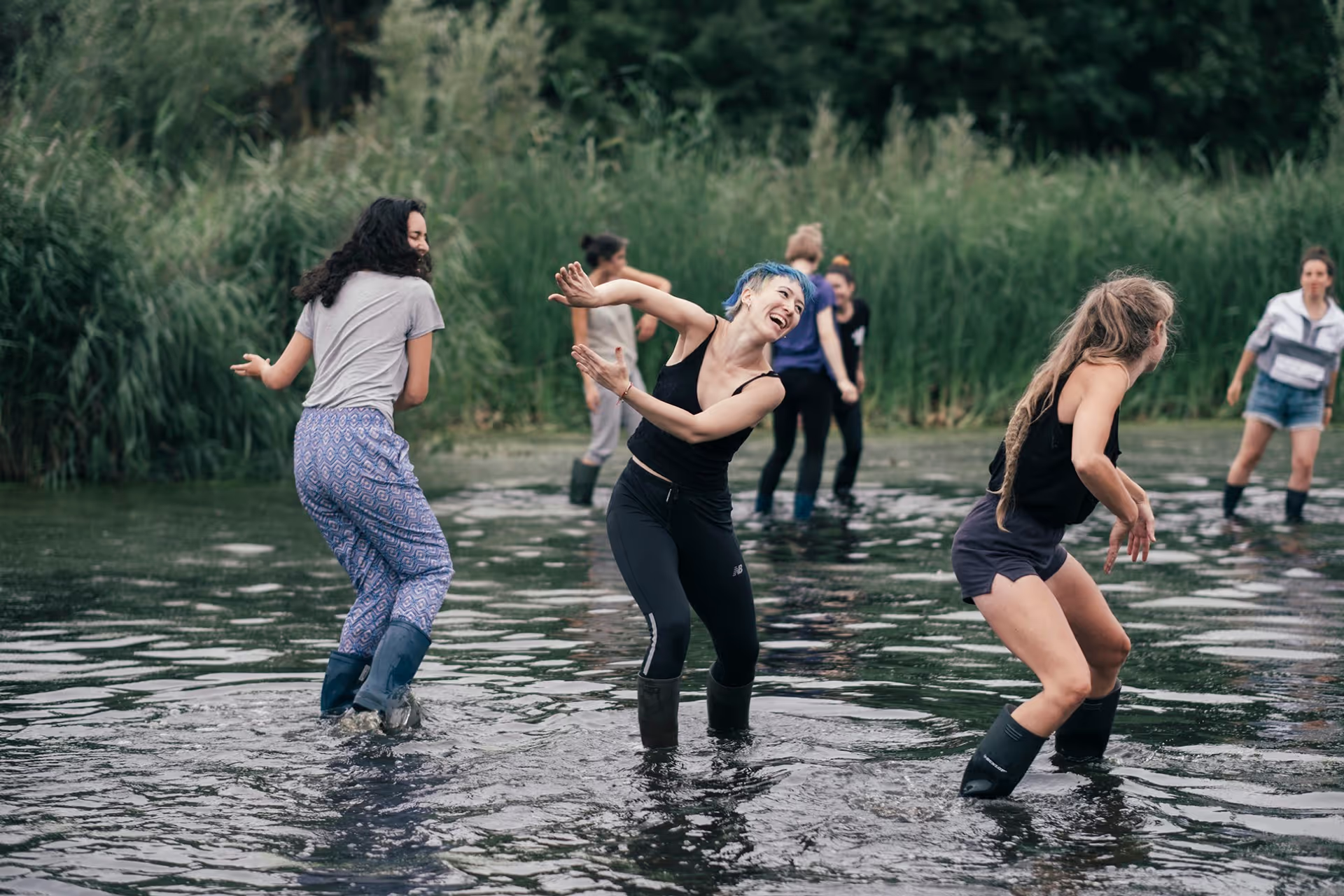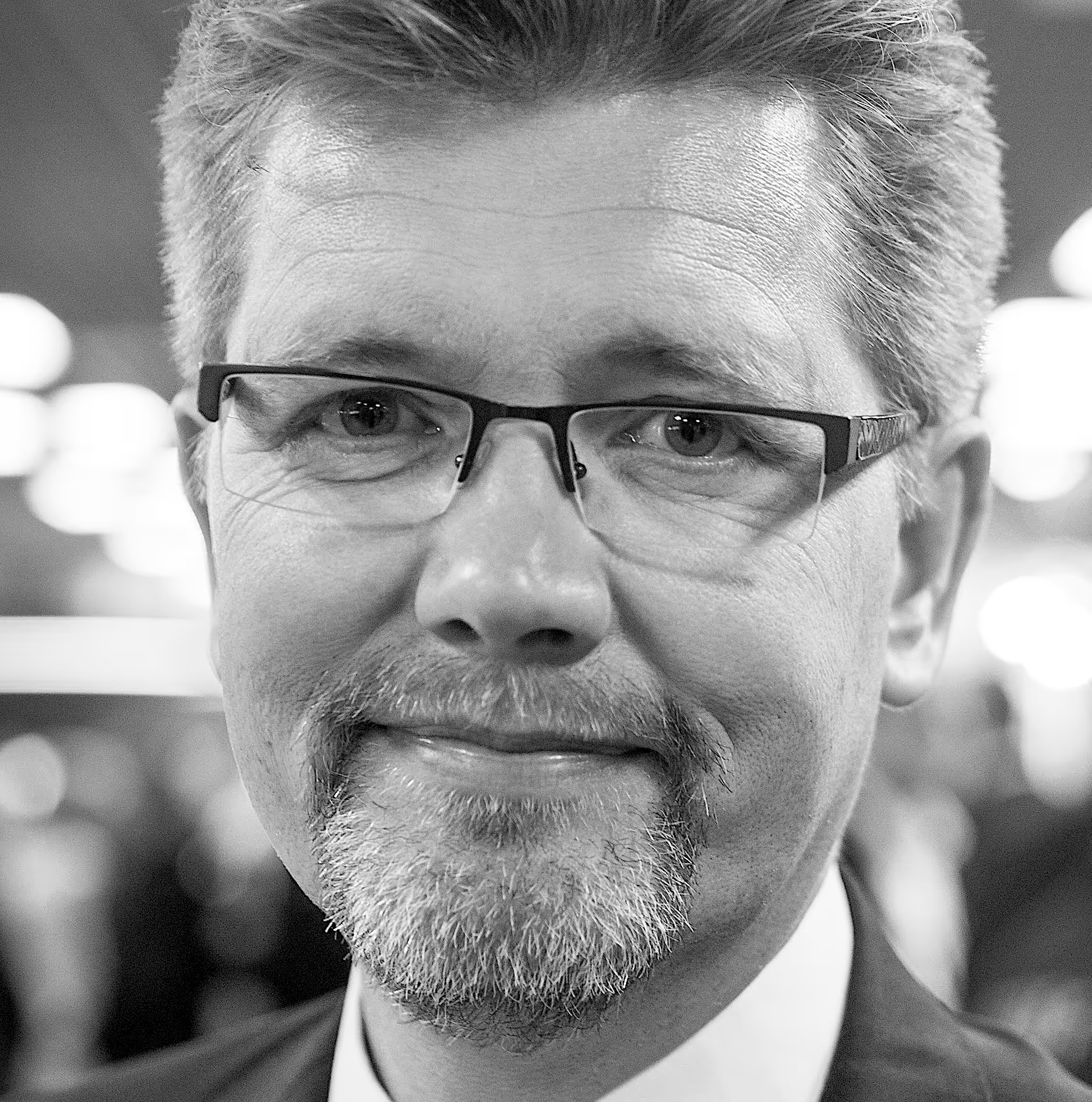They have just moved into their new space on Lavendelstræde, so moving boxes and unhung wall decorations are scattered along the edges of the room. But LGBT Asylum have high ambitions for this space – the first space of their own. “After the pandemic, we realised we needed a space to really foster the social cohesion among our members,” says Yanaba Mompremier Rymark Sankoh, the secretary general of LGBT Asylum. “It’s not perfect, but we will make it work.”
After sharing offices with other queer organisations and hosting their events elsewhere, they saw a need to gather everything under the same roof. As an organisation, they found good synergies by sharing offices with organisations like Sabaah and Copenhagen Pride, but it was also straining on the organisation not to have a home of their own where they could invite their members to gather and socialise.
First, we go through the community space, then the kitchen and lastly, a dark hallway. “This is our discrete entrance,” Yanaba explains. “Some of our members need to be able to attend our meetings and events without being recognised by certain people – coming out might not be an option or something they’re ready for just yet – so, therefore, we use this back entrance through the courtyard for these purposes.”
LGBT Asylum is the only organisation in Denmark which works, as the name implies, at the intersection of queerness and asylum seekers. While fleeing from another country is an enormous and most likely traumatic life event, its catalyst can be complex and multifaceted – especially when this need arises because of queer identity. Seeking refuge as a queer person is more than just needing shelter from war, famine or poverty – it is also a question of safety and survival because of who they were born.
On the global stage, Denmark is positioning herself as a progressive, queer-friendly nation. At the same time, seeking refuge in Denmark is increasingly difficult. This essay will examine how these two concepts interact, how the asylum process handles queerness, and how we can imagine the refuge as a queer space.
Denmark, a global beacon
In recent years, news cycles have been filled with stories of a regression of queer rights and equality – not the steady progression we might have grown accustomed to in the previous decades. “It’s a complex global situation, and I see diverging trends both globally, regionally and even within certain countries,” Yanaba explains. On a global scale, we might be moving slowly in the right direction, but some countries are defiantly swimming against the stream.
For example, in Uganda, where homosexual acts were already criminal, this year’s Anti-Homosexuality Act expanded these punishments to include capital punishment1. However, even Western countries like the United States seem to be slipping backwards, with laws like the Floridian Don’t Say Gay Bill. This is felt by organisations like LGBT Asylum, which have already been contacted by American queer persons seeking assistance. “But we can’t help them, unfortunately,” says Yanaba – it would be nearly impossible for an American citizen to seek asylum in Denmark.
In a global context, Denmark stands out as a pioneer. Already in 1989, Denmark was the first country to adopt same-sex civil unions, and today is still ranked as one of the most accepting countries in Europe and the world2. The Ministry of Foreign Affairs dedicates 1.400 words to how Denmark is “a very LGBT+ friendly country,”3 which is “noticed around the world, and queer people living in hostile or outright dangerous places, will look to us as a beacon of hope,” says Yanaba.
While painting an inclusive and queer-friendly image on a global stage, Danish governments have not been afraid to also vocalise their strict policies on immigration. In the past years, international headlines have been made regarding the proposed refugee centre in Rwanda,4 confiscating jewellery at the border,5 and placing an anti-immigration advertisement in a Lebanese newspaper.6
This disparity between being queer-friendly and hard on immigration has made some people accuse Denmark of homonationalism7 – a term describing how liberal countries use their claimed acceptance of and equality for queer identities as an argument for limiting immigration from less accepting, usually Muslim, countries. The argued conclusion becomes that strict immigration is necessary to be able to protect their own queer-friendly society and culture.
With these strict immigration policies comes a harsh reality for those seeking asylum. LGBT Asylum states on their website, that while Denmark might be one of the safest and most equal countries for LGBT+ persons, “...that is not necessarily the case if you live here as an asylum seeker or refugee, hoping to be safe and live a free life.” The rights, equality and safety experienced by queer people with a Danish passport is not the same as the ones experienced by those without.
Welcome to Denmark
No matter where or how you arrive in Denmark, someone seeking asylum will be sent to the Sandholm camp in Northern Zealand. Run by the Danish Red Cross, this is where refugees are initially registered and further interviewed by the Danish Immigration Service. While there is a general deep trust in the authorities among the Danish population, this trust is not necessarily shared by refugees seeking asylum from oppressive regimes.
In the book Like rooting in quicksand, Neal, who fled from Syria, describes the experience of these interviews like this:
“Imagine that you have been trying to hide who you are all your life, and suddenly someone forces you to explain in great detail why you are the way you are. (…) For example, when I was interviewed by the Danish Immigration Service, I couldn't say "I'm gay". (…) It is very intimidating to sit in front of a foreign authority and you don't know what their reaction will be and you have an interpreter who translates from your mother tongue. You feel intimidated and insecure.”10
Yet, these interviews are paramount, as these are the base for which your need for asylum is tried. A series of interviews are conducted, often asking the same questions in different ways, to test the accuracy and validity of the answers. This leaves the burden of proof, unlike the judicial system, on the asylum seeker – you are lying unless proven otherwise.
LGBT Asylum offers counselling during this process, even acting as an assessor during these interviews. This might prove helpful, as terminology on queer issues might not translate between languages – for example, in some languages, the word homosexual does not exist, making it confusing or impossible to convey their need for asylum. Important information can also be lost in translation, as the asylum seeker relies on a translator who might come from the same culture they are fleeing from, making it feel unsafe to provide honest and intimate information relating to their queerness.
Finding refuge in Denmark
The asylum process in Denmark is complex and can take up to a year, and sometimes even longer.11 During this time, an application can be rejected and need to be appealed, creating extremely unreliable and anxious living conditions. Board member of LGBT Asylum, Nicholas Chisha, wrote this about his own rejection when the Danish Immigration Service did not believe he was homosexual:
“After I had been rejected, I quietly retired to my room. I crawled under the covers and shut the world out. For seven days I stayed in my bed without moving much. I remember feeling like a huge weight had been placed on me, preventing me from getting up. Every morning my roommates asked me what was wrong and I said I was fine and just needed to rest. Besides the feeling of hopelessness, I also found solace in my loneliness. After the seventh day I thought, "I have to get up. I have to keep going, it doesn't end here."12
This uncertainty can even continue for years after finally being granted asylum, as it is in Denmark, usually granted on a temporary basis. This means your need for asylum is retried, starting the same emotional labour all over again. Organisations like LGBT Asylum criticise this temporality for hindering integration. Neal describes this as integration through punishment:
“Of course people have to integrate into society, but you don't give people time, nor do you take people's psychological trauma into account. It's like if you don't do what they say, it becomes: ‘We're going to cut your money! We're going to send you home!’ Why do you always use fear to get your point across?”13
With granted asylum also comes the time to move out of the asylum centres – where exactly is based on which municipality has an available quota. This means you might move to Copenhagen or Aarhus, or you might move to Langeland or Thisted – two vastly different experiences if you are queer. The human need for belonging is universal, but for queer people, it can be hard to find others to relate and connect to, if you are far away from the urban centres.
“We’ve seen members completely wither away,” Yanaba says. “The integration into Danish society, which might start in the asylum centres, can be completely lost if they are housed in rural municipalities.” Often, the housing provided by the municipalities is co-housing, where refugees live together with other refugees. This might push queer people back in the closet, as they could live with people fleeing from the same country as them – therefore potentially having the same oppressive views on queerness as they attempted to seek refuge from in the first place.
This year, LGBT Asylum celebrated their 10th anniversary with the release of their-self published book Like rooting in quicksand – which has been an invaluable insight in writing this essay. Yanaba is committed to advocating for better treatment of queer people seeking asylum in Denmark, and despite the hostile rhetoric in the media, finds Danish politicians to be willing to listen and seek solutions. “We do work in a difficult landscape, where immigration policies are enacted on the national level, but integration is the responsibility of the local municipalities.”
It is a contested area to navigate in, where an intersectional lens plays an important role – the people assisted and counselled by Yanaba and her volunteers are seeking refuge from both the experiences of being asylum seekers and being queer. And this connection is at the essence of what they advocate for as an organisation: “LGBT politics is asylum politics, and asylum politics is LGBT politics,” Yanaba concludes.
Post Notes
It is a contested area to navigate in, where an intersectional lens plays an important role – the people assisted and counselled by Yanaba and her volunteers are seeking refuge from both the experiences of being asylum seekers and being queer. And this connection is at the essence of what they advocate for as an organisation: “LGBT politics is asylum politics, and asylum politics is LGBT politics,” Yanaba concludes.
1 Al Jazeera (29 May 2023) ‘Uganda’s president approves tough new anti-LGBTQ law’
2 ILGA Europe (2023) Annual Review
3 Ministry of Foreign Affairs of Denmark (no date) ‘Denmark - a very LGBT+ friendly country’
4 Reuters (3 June 2021) ‘Denmark passes law to relocate asylum seekers outside Europe’ in The Guardian
5 Bilefsky, D (26 January 2016) ‘Danish Law Requires Asylum Seekers to Hand Over Valuables’ in New York Times
6 BBC (7 September 2015) ‘Denmark places anti-migrant adverts in Lebanon newspapers’
7 Hansen, M B (2021) ‘Between Two Ills: Homonationalism, Gender Ideology and the Case of Denmark’ in Redescriptions: Political Thought, Conceptual History and Feminist Theory 24 (1): 60–75
8 Puar, J (2013) ‘Rethinking Homonationalism’ in International Journal of Middle East Studies 45 (2): 336–339
9 LGBT Asylum (no date) About LGBT Asylum
10 LGBT Asylum (ed.) (2023) ‘Kviksand’ in Like rooting in quicksand. Translated from Danish by the author.
11 Refugees Welcome (no date)
12 LGBT Asylum (ed.) (2023) ‘Sådan er det at søge asyl i Danmark’ in Like rooting in quicksand. Translated from Danish by the author.
13 LGBT Asylum (ed.) (2023) ‘Kviksand’ in Like rooting in quicksand. Translated from Danish by the author.


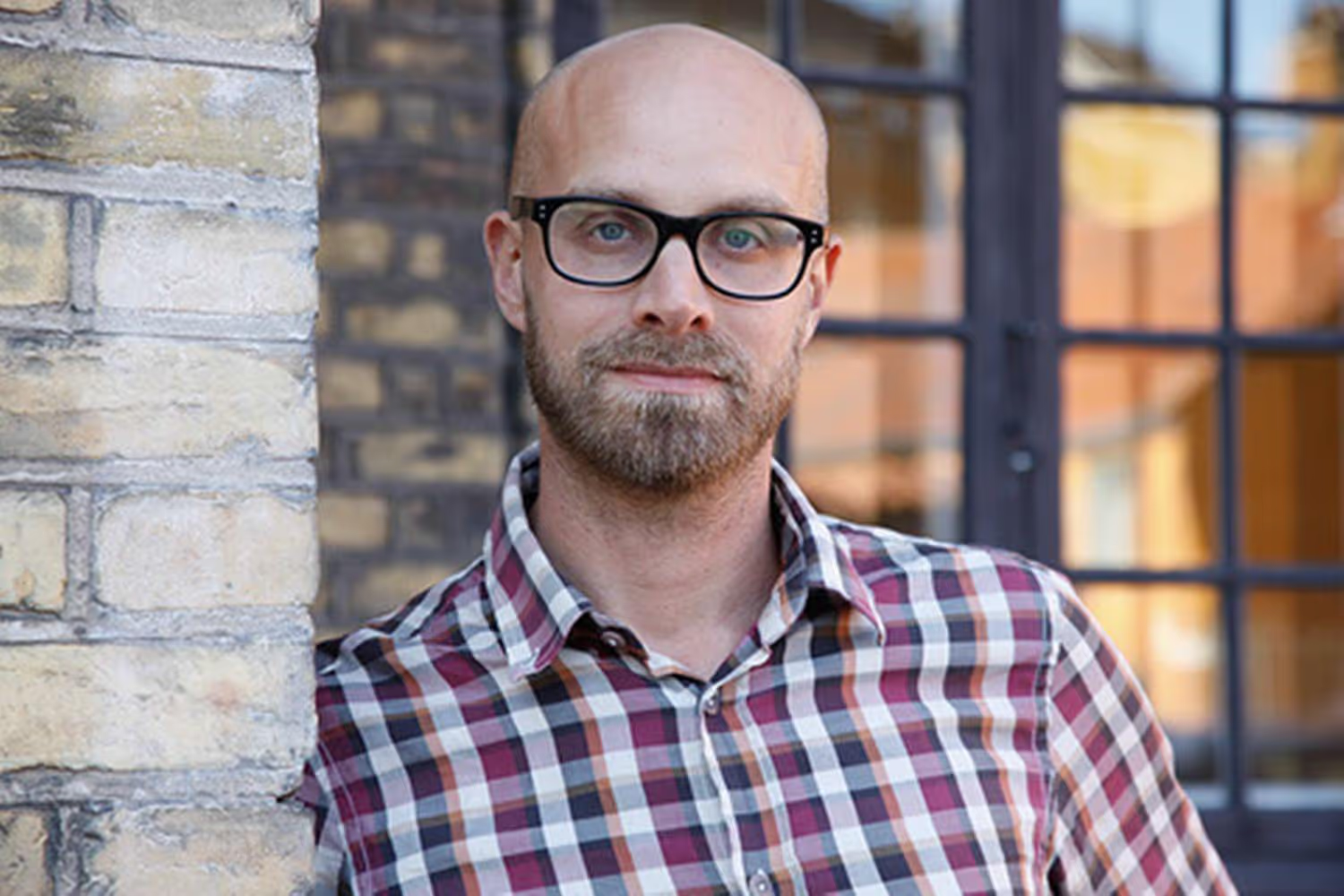


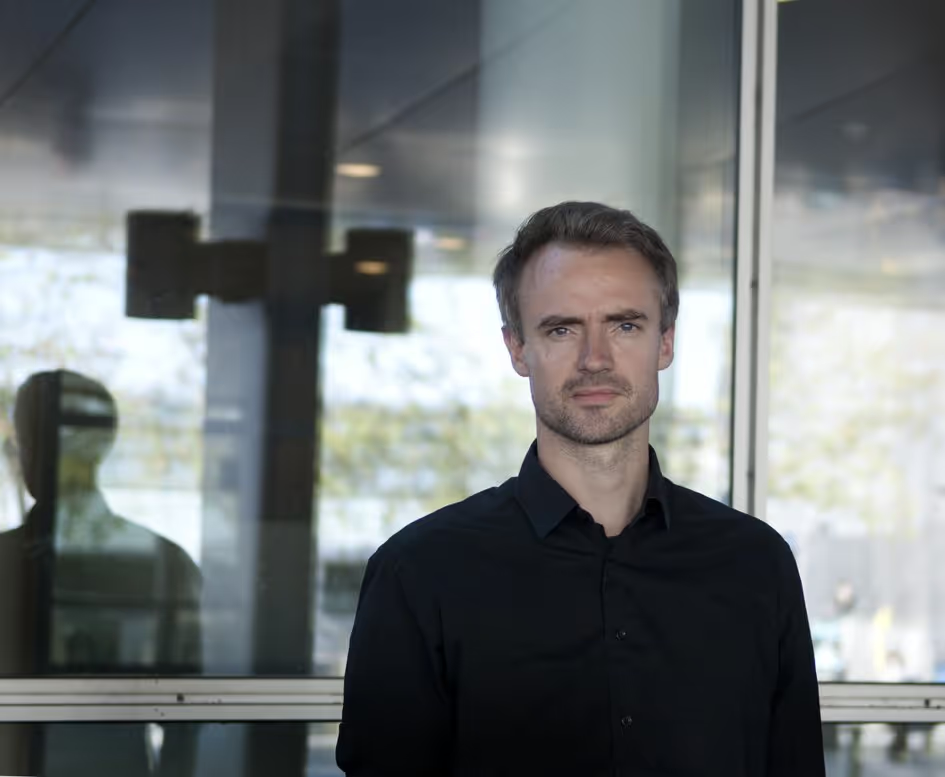
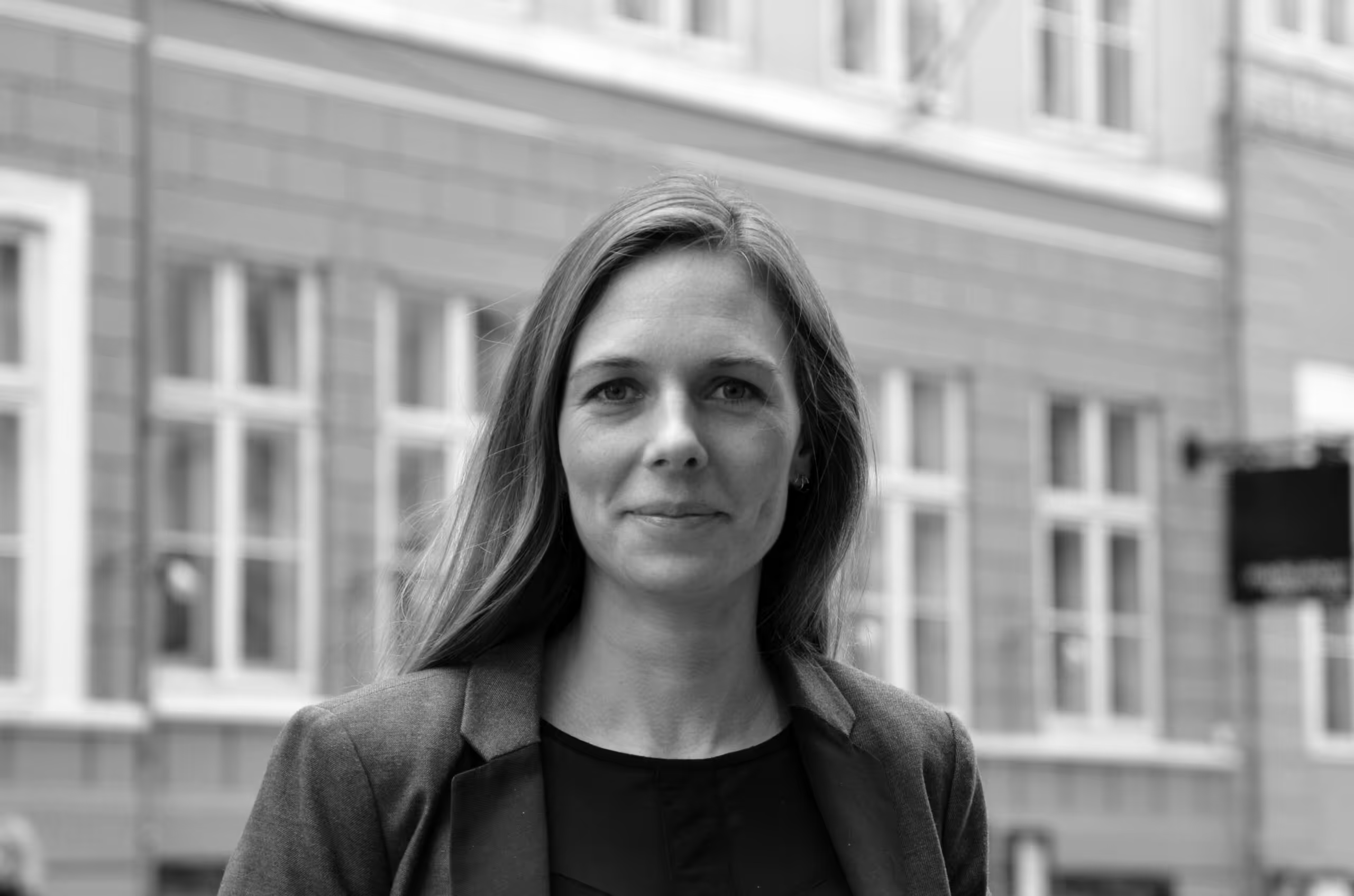

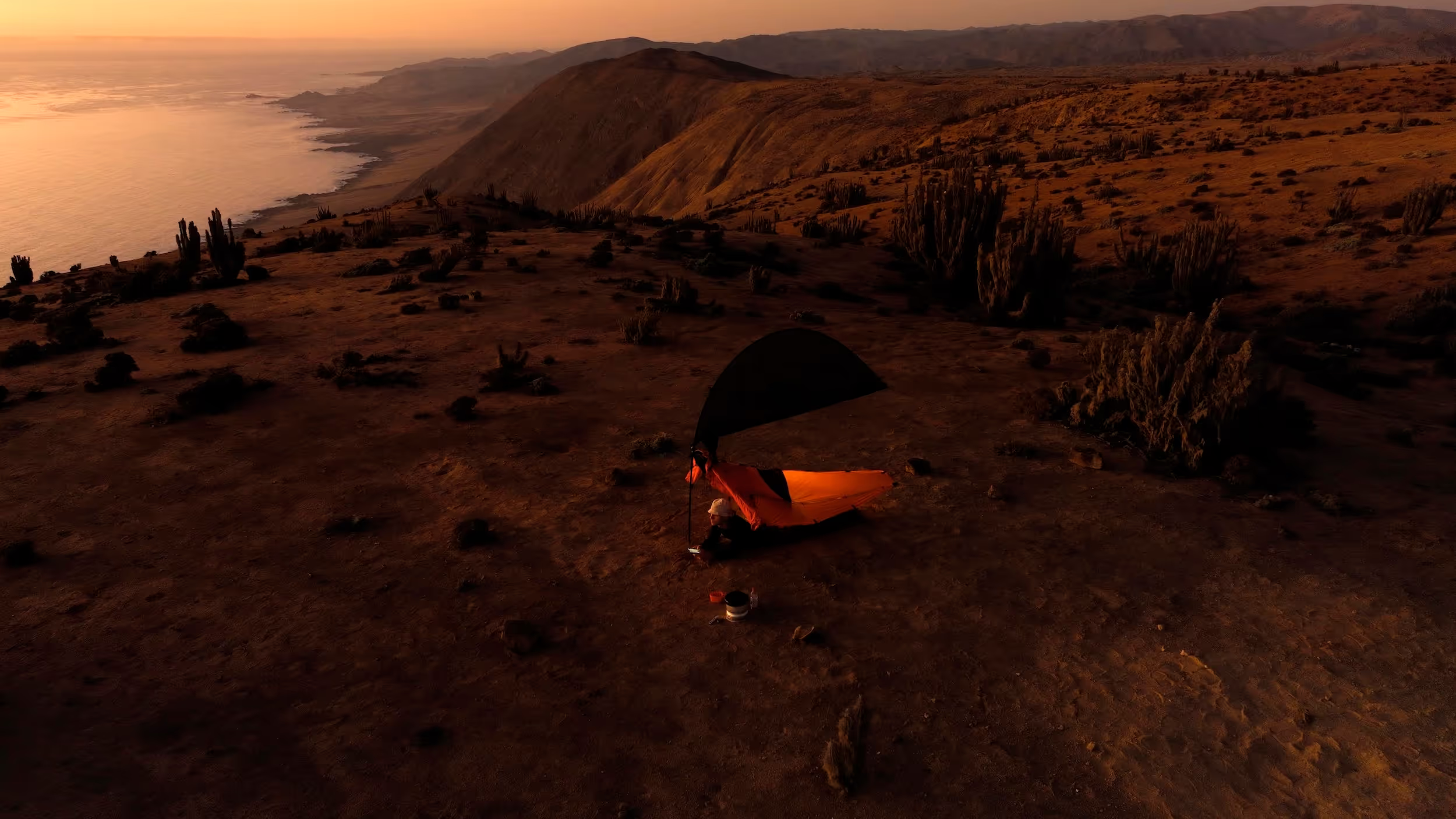

(2)Large.avif)
